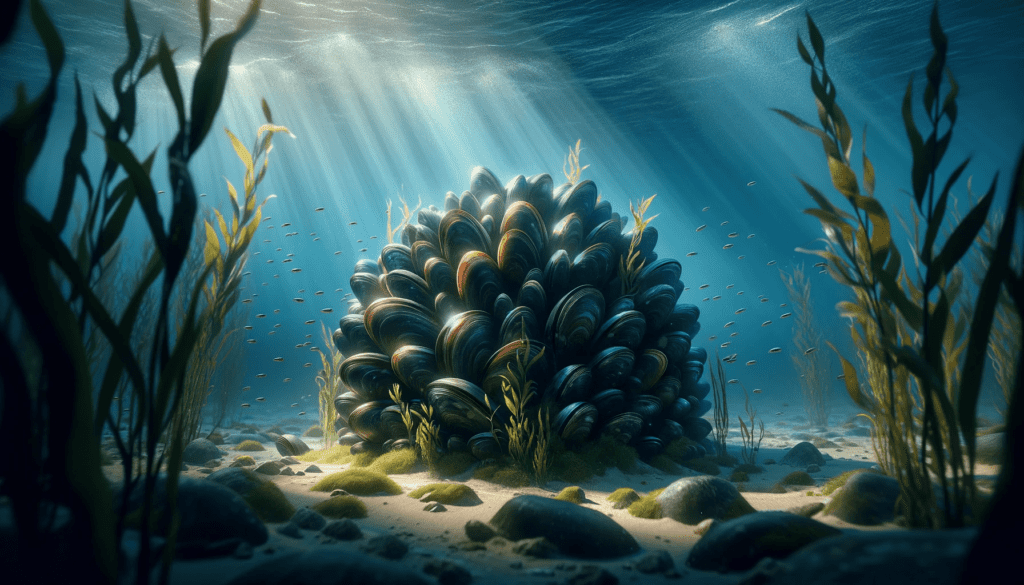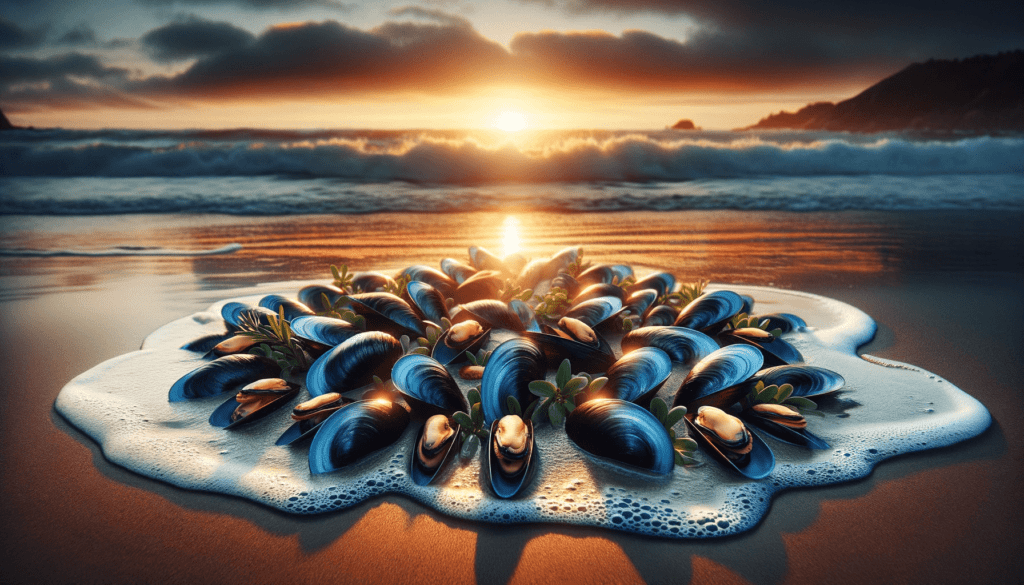The Delicious World of Mussels: Origin, Species, Capture and Seasons
Introduction:
Mussels are a popular delicacy loved for their taste and versatility in cooking. In this blog, we dive deeper into the world of mussels and discover where they come from, the different varieties available, the amount caught each year and the best seasons to enjoy them.
Origin of Mussels:
Mussels originally come from the coastal areas of the Atlantic Ocean, but they are now grown in different parts of the world. Some well-known areas where mussels come from are the Dutch coast, the Belgian coast, the French coast and the regions around the Mediterranean Sea.
Different Types of Mussels:
There are different types of clams that vary in size, color and taste. Some common species are the Zeeland mussel, the hanging culture mussel, the bottom culture mussel and the Mediterranean mussel. Each variety has its own characteristics and is often preferred in different culinary preparations.
Catching Mussels:
Mussels are both wild-caught and farmed. Commercial mussel fishing is carried out using special mussel cutters equipped to catch mussels in a sustainable manner. The catch is regulated to ensure that mussel stocks are maintained and natural ecosystems are not degraded.
Amount of Mussels Caught Annually:
The total number of kilograms of mussels caught annually varies from year to year and depends on several factors, including natural mussel stocks, farming methods and demand for mussels. Different countries have their own mussel production and consumption, and it is interesting to look at the figures by country.
Seasons to Eat Mussels:
Mussels are seasonal and best eaten at certain times of the year. Although clams are available year-round these days, they are traditionally considered to be tastiest in the months with the “r,” such as September, October, November, etc. This is because mussels feed and multiply during the summer months, worth
ear they are fuller and more flavorful in the fall.
Conclusion:
Mussels are a delicious delicacy loved the world over. They have a rich history of origin, several species, and are both wild caught and farmed. The annual mussel catch varies and the best time to eat mussels is during the “r” months. So go in search of fresh mussels and enjoy a delicious meal with these tasty shellfish!
Breeding Methods of Mussels:
Mussels can be grown in a variety of ways, depending on the region and growers’ preferences. The two most common cultivation methods are hanging culture and soil culture. In suspended culture, mussels are grown on ropes suspended from floating structures such as poles or pontoons. This ensures that they are constantly exposed to nutrient-rich water. In bottom culture, mussels are grown on the sea floor, where they feed on plankton and other nutrients present in the water.
Sustainability and Mussel Farming:
Mussel farming is known as a sustainable form of aquaculture. Mussels are so-called filter feeders, meaning they filter water to extract food particles. This helps purify the water and contributes to a healthier marine ecosystem. Moreover, mussel farming requires no additional nutrition, as the mussels feed on the natural plankton in the water. This makes mussel farming more environmentally friendly compared to some other forms of aquaculture.
The Health Benefits of Mussels:
Mussels are not only delicious, but also healthy! They are an excellent source of protein, vitamins and minerals, including vitamin B12, iron, zinc and selenium. They also contain omega-3 fatty acids, which are beneficial for heart and brain function. In addition, clams are relatively low in calories and fat, making them a healthy choice for people watching their weight or diet.
Culinary Preparations and Recipes:
Mussels can be prepared in a variety of ways and are a versatile ingredient in the kitchen. A classic preparation is mussels cooked in white wine with onion, celery and herbs. Other popular preparations include mussels in tomato sauce, mussels in beer, mussels with garlic and mussels in curry. Mussels are often served with French fries or baguettes to dip the tasty broth on. Experiment with different spices and flavorings
To create your own unique clam dishes!
Mussels in Culture and Traditions:
Mussels have a special place in the culture and traditions of various coastal communities. In countries like Belgium and the Netherlands, mussel dinners are a social event, where families and friends gather to enjoy a big pot of cooked mussels together. Some regions host mussel festivals and celebrations to celebrate the harvest and culinary traditions. Thus, mussels are not only a dish, but also a source of conviviality and togetherness.
The Future of Mussels:
Mussel farming continues to evolve, with new technologies and methods being introduced to further improve efficiency and sustainability. Researchers are working to develop resistant mussel species that are more resistant to diseases and environmental changes. It is also experimenting with growing mussels in other locations, such as offshore wind farms, to create space while producing renewable energy.
Mussels are not only a delicious delicacy, but also an important part of maritime culture, ecology and economy. Whether enjoying a traditional clam meal with friends and family or discovering new clam recipes, these shellfish offer a tasty and healthy culinary experience. So go in search of fresh mussels, learn about different preparation methods and enjoy the unique taste of this sea delicacy!






Leave a Reply